Chapter 8
Last Years
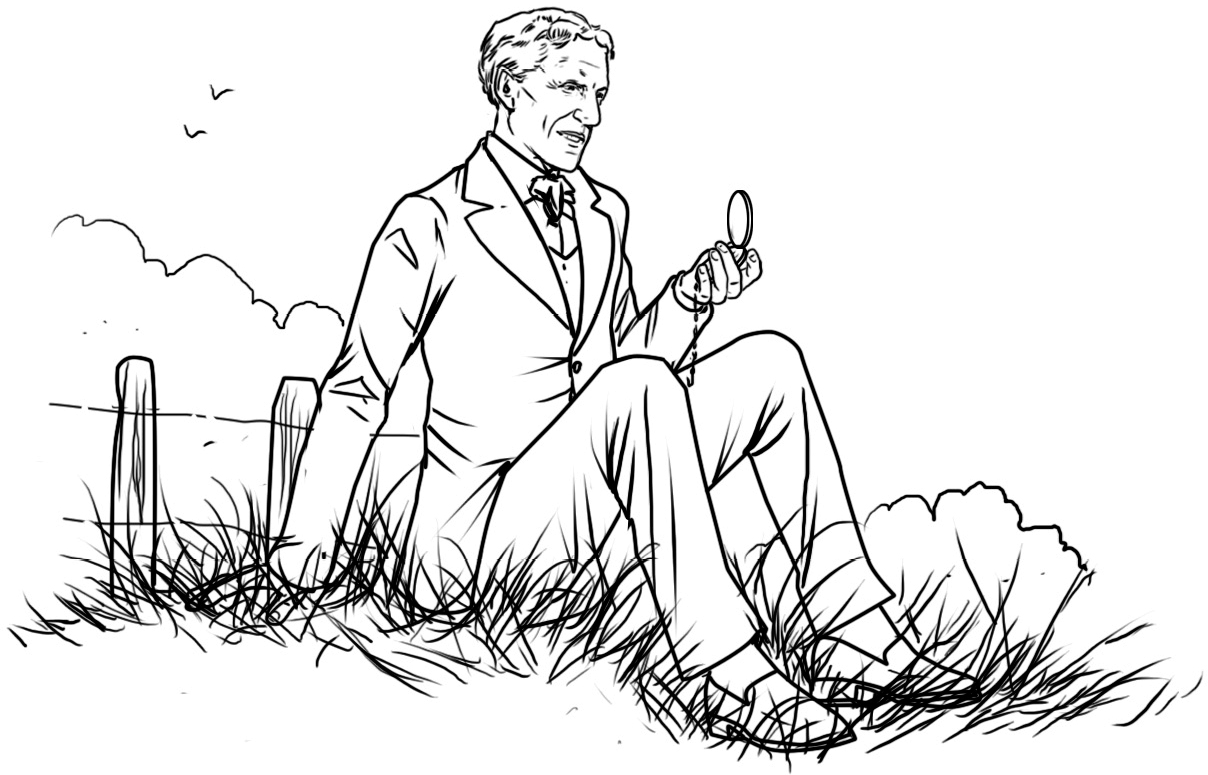
As his company struggled through the Great Depression and the rise of the unions, Henry Ford spent more time working on Greenfield Village and his museum. He also still found pleasure in his boyhood hobby—fixing watches. Although he was beginning to slow down physically, at age seventy-five he continued to pursue new ideas. He experimented with different vegetables to see if they could be used in the auto industry. He thought he could help farmers by using their crops in new and creative ways. The chemists at Ford Motor had already made paints and plastics from soybeans. Henry later designed a car from the soybean-based plastic that was light and strong, but it was too expensive to actually build and sell to the average car buyer.
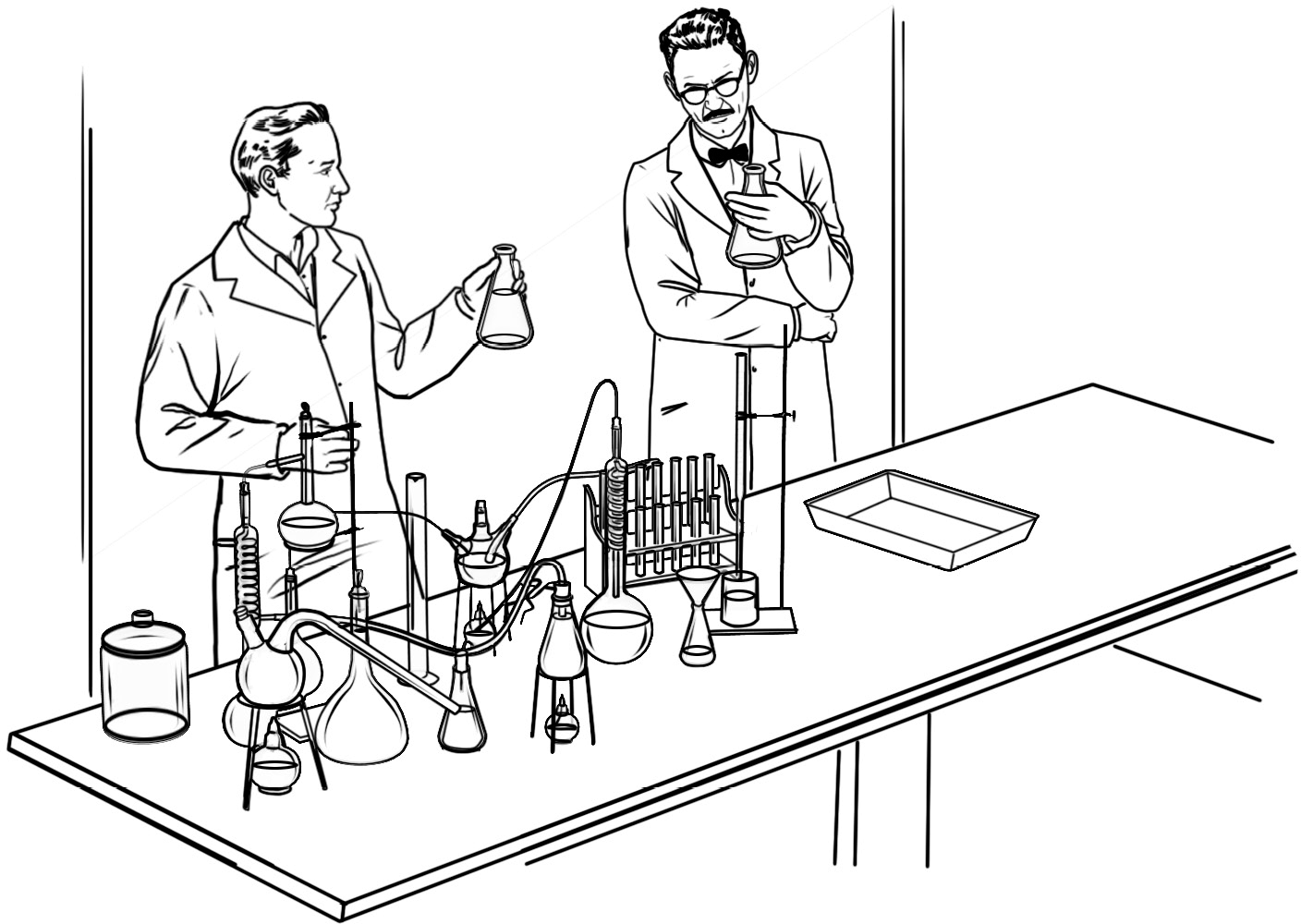
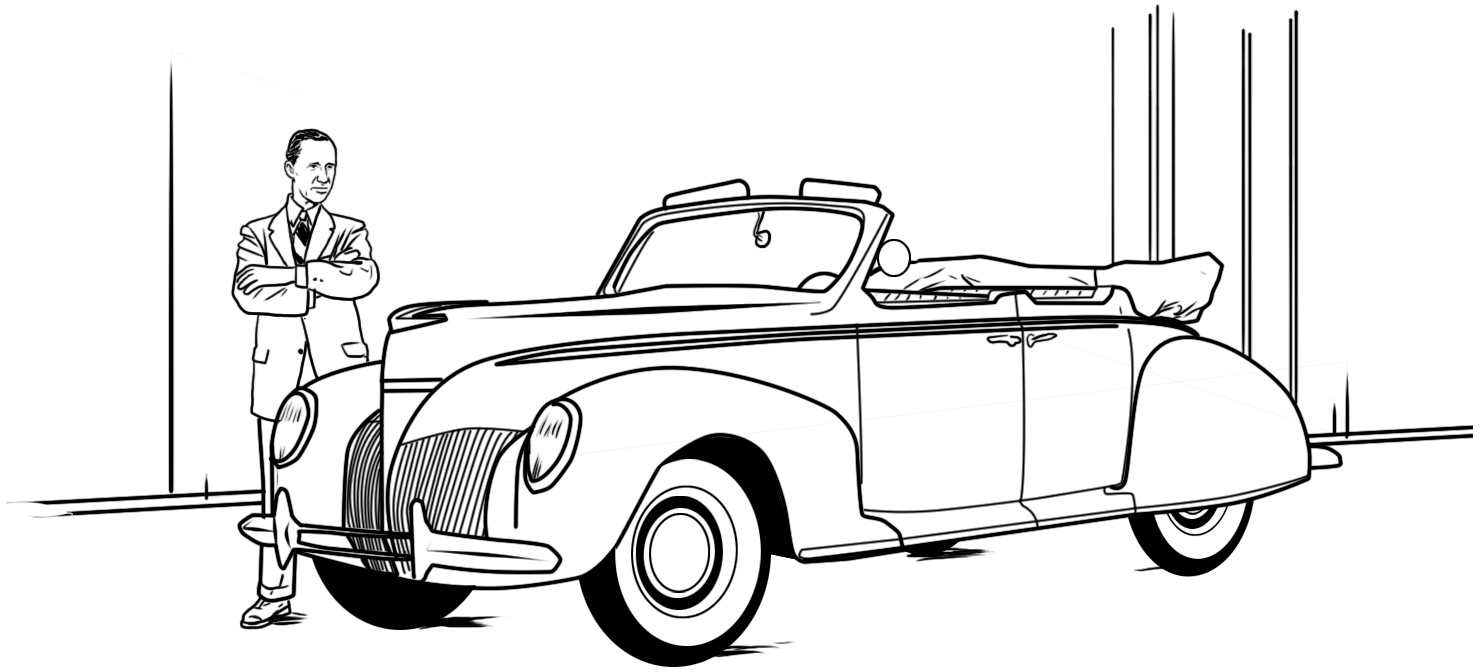
Meanwhile, Edsel Ford was designing and building new cars for the family company. Some were sold under the brand name of Lincoln. These cars were more expensive than Fords. In 1939, the brand Mercury appeared. As with the Model Ts, production of the first Mercury was international. It was built in such countries as Romania, Brazil, and Holland. Henry did not play much of a role in creating the Mercury, as he had suffered a stroke in 1938.
Two years after the Mercury appeared, the United States was once again at war. On December 7, 1941, Japanese planes launched a surprise attack on the US naval base at Pearl Harbor, Hawaii. Soon Americans were battling Japan and its allies, Germany and Italy. Though Henry personally still opposed war, this time his company prepared to play a major role in arming the United States. Ford and other automakers stopped building cars so they could focus on making weapons. Ford built warplanes in a new factory south of Detroit called Willow Run. Almost nine thousand B-24 bomber planes were built there during the war. The company used the same kind of mass production methods it first used on the Model T. The Ford Motor Company also made airplane engines and Jeeps.
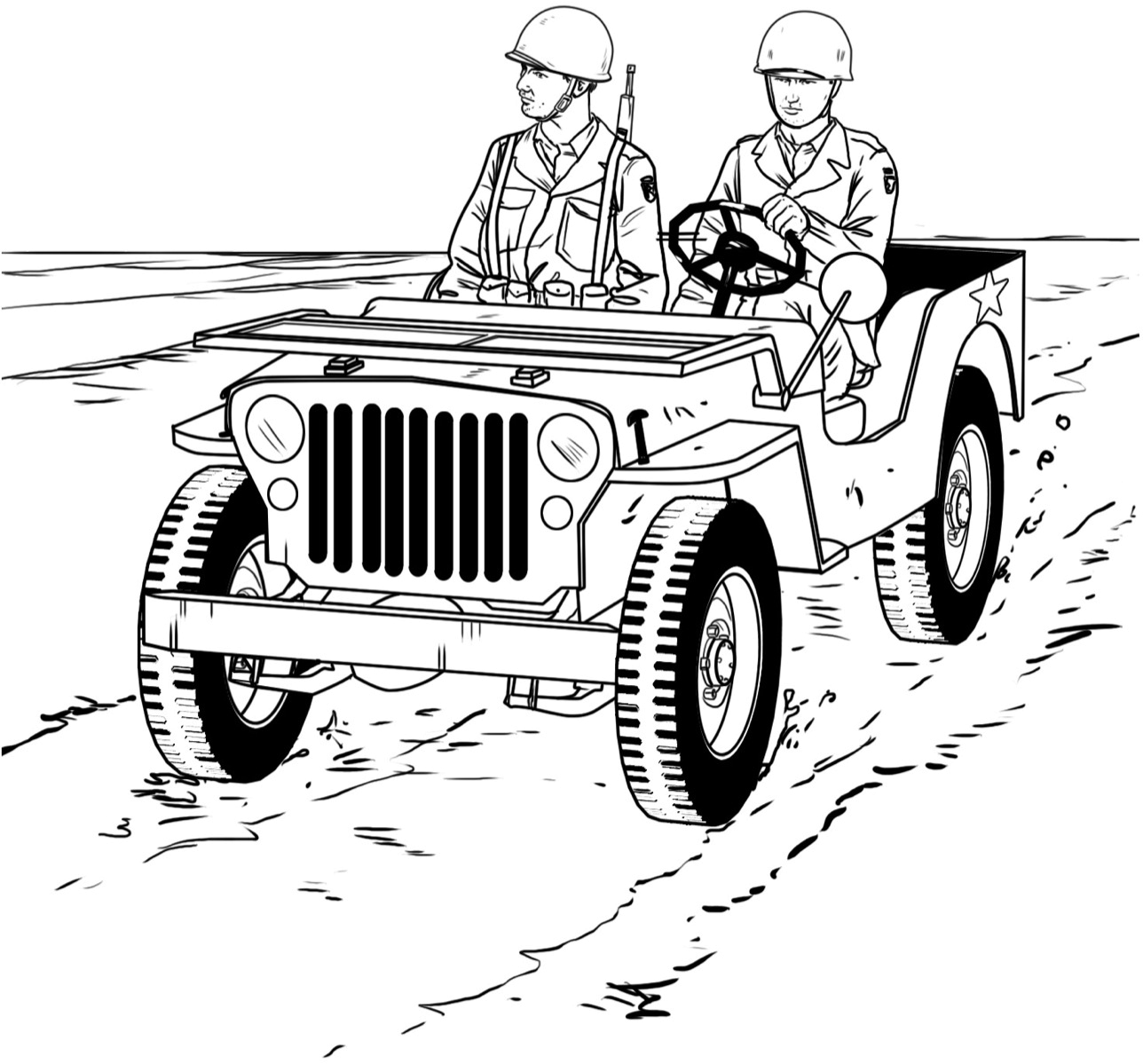

As World War II went on, Ford’s health began to worsen. He suffered another stroke in 1941, and his mind was not as sharp as it once had been. He sometimes had trouble remembering the names of people he knew well. In 1942, Edsel developed stomach cancer. Early in 1943, Edsel Ford decided that he was too sick and weak to battle his father anymore. He made plans to leave the company. But before he could resign, Edsel died.
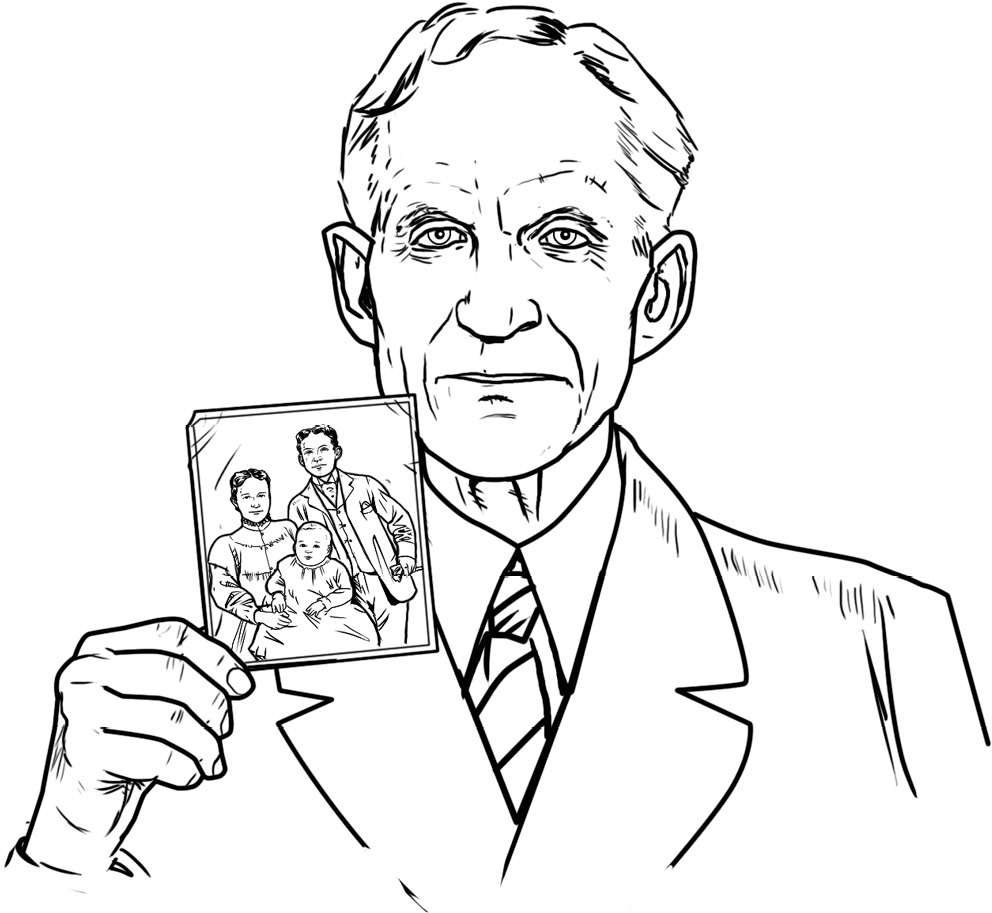
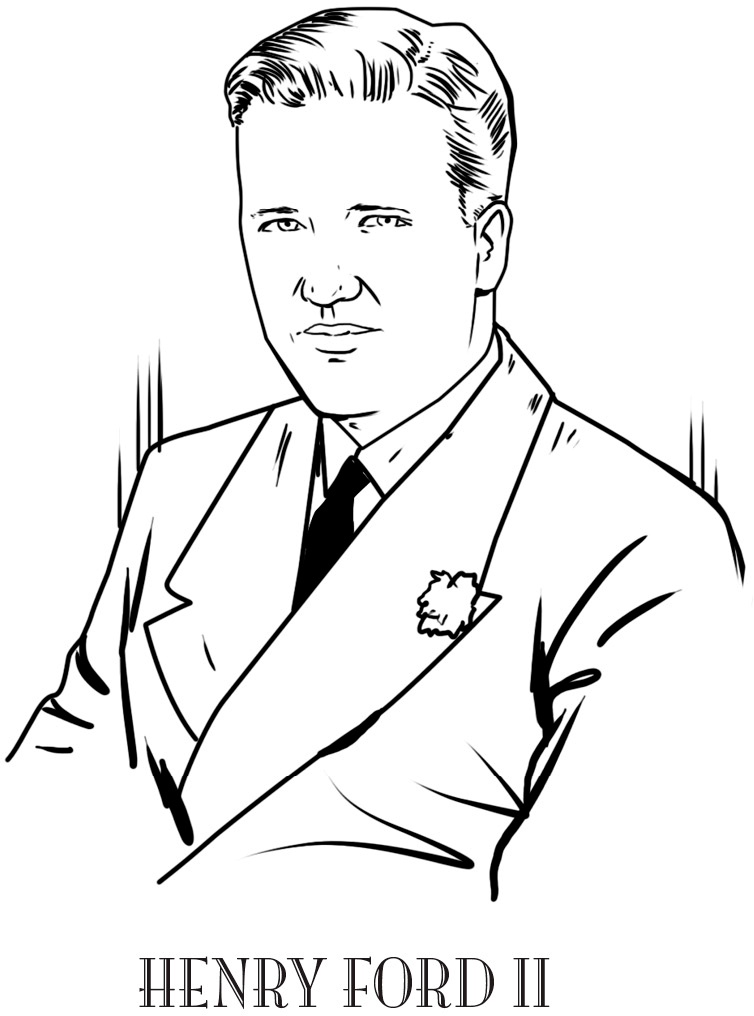
Henry felt a tremendous loss with the death of his only child. He spoke tenderly about his son, sometimes crying because he had treated Edsel so harshly.
With her son gone and Henry growing old, Clara Ford played a key role in the future of the Ford Motor Company. In June 1943, Henry once again took over as president of the company. Clara and Edsel’s wife, Eleanor, suggested that Henry II run the company instead. But Henry was stubborn. He never had trusted anyone else to run his automobile empire, and so he resisted their idea. When Henry II finally did come work for the company, learning on his own how the company ran, his grandfather mostly ignored him.
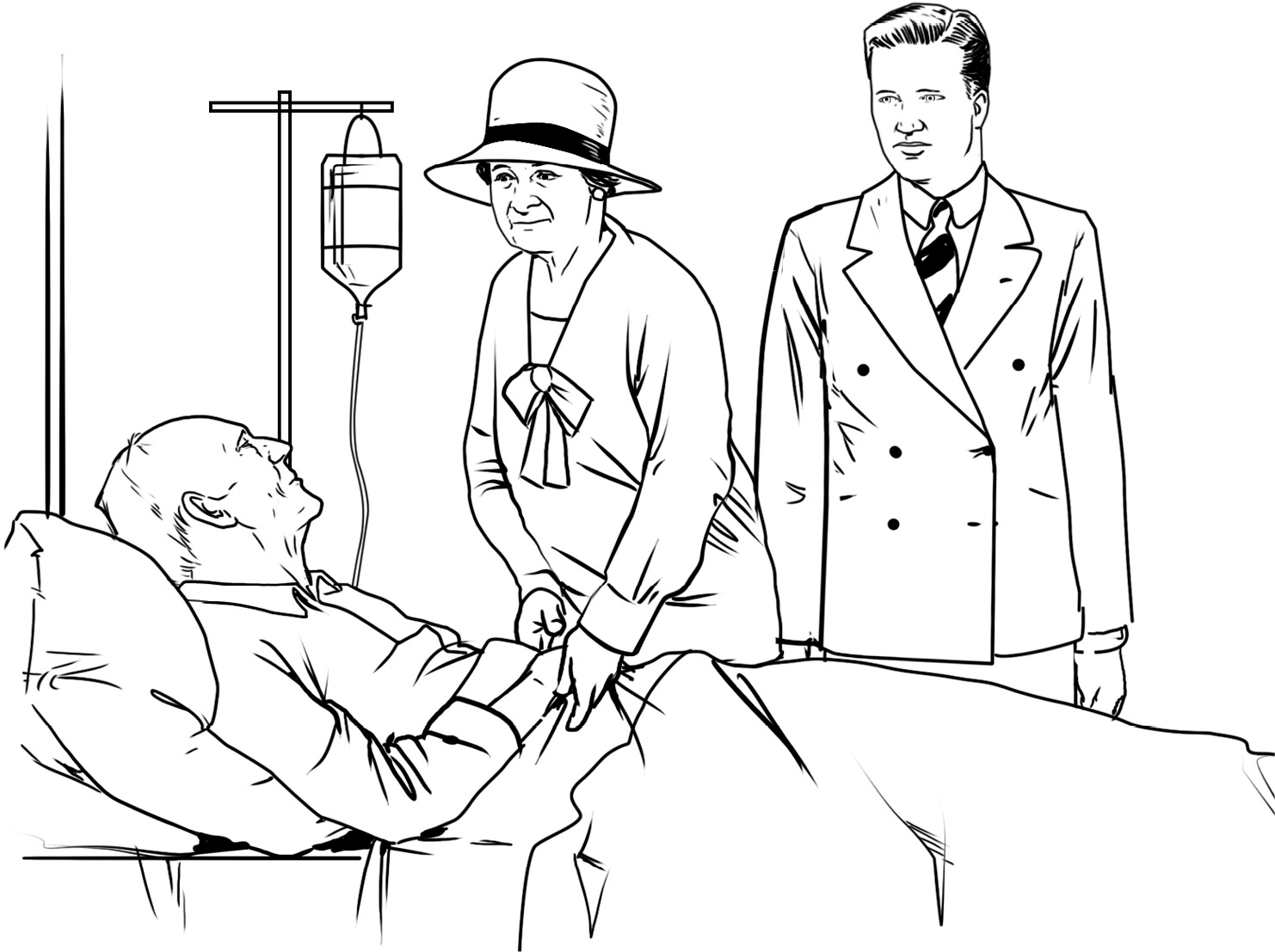
As World War II was coming to an end, Henry’s health grew even worse. He suffered another stroke, and he forgot more and more things. Henry II went to visit his grandfather and said it was time for him to step down as head of the Ford Motor Company. Clara was there to support her grandson, and she said, “Henry, I think young Henry should take over.” The elder Ford still did not want to quit the company. After all, he had put almost his whole life into making and selling cars. But finally he agreed that Henry II should take over.
In 1945 Henry II became president of one of the largest companies in the world. It had 120,000 workers and was worth more than $1 billion. Soon it would begin making cars again, and it would find many eager buyers. World War II was over. People were ready to buy new homes and new cars. Henry II, and later his brother Benson, would keep Ford one of the world’s major automakers.
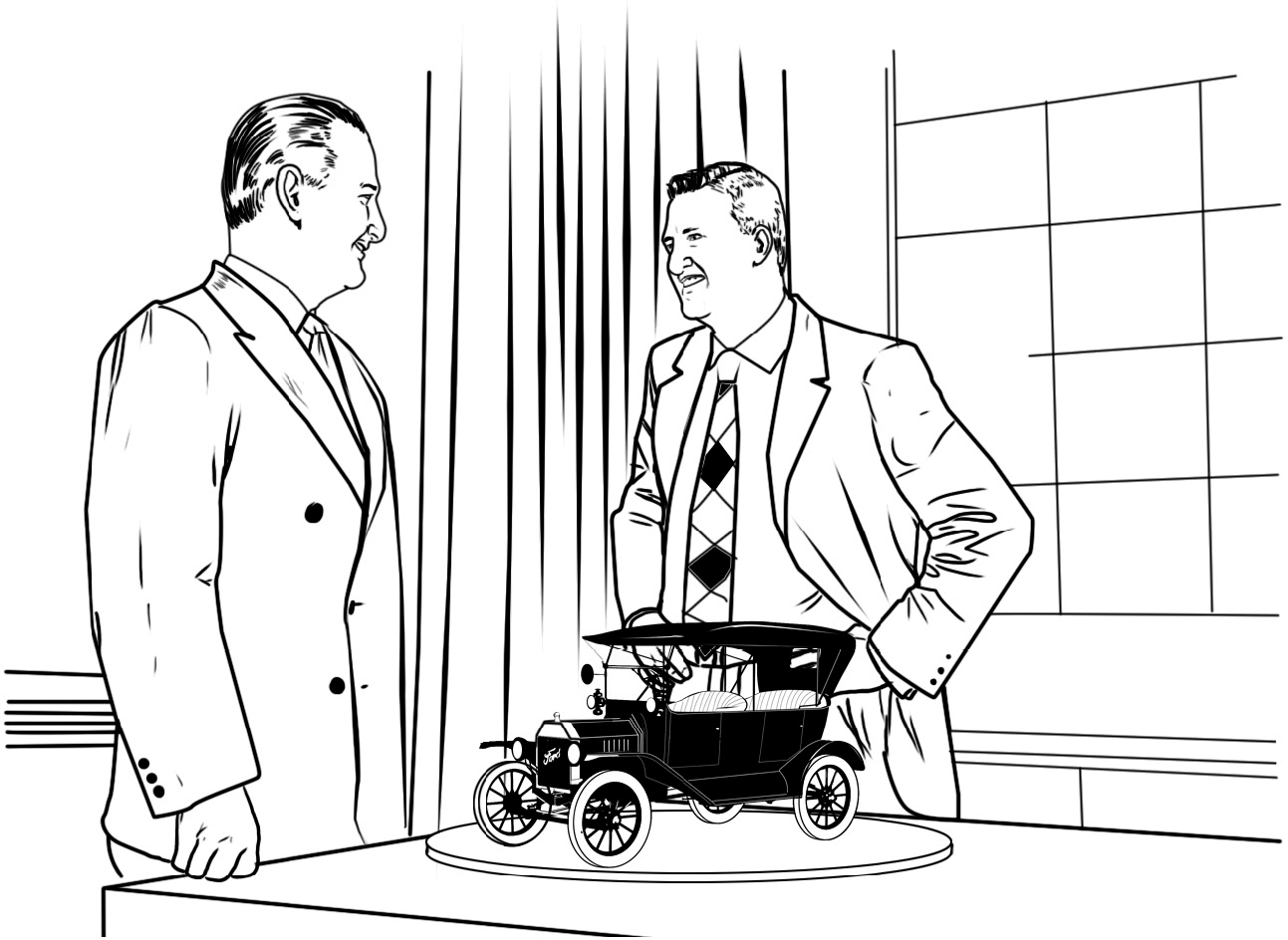
Henry Ford lived his last few years quietly at home. On April 7, 1947, a blood vessel broke in Henry’s brain, and he began to cough violently. The coughing fit caused severe bleeding in his brain, and Henry died. Clara was by his side, as she always had been. Two days later, 100,000 people came to Greenfield Village to honor him.

Americans cherished Henry Ford for all he had accomplished during his lifetime, including making the automobile part of their daily lives. During the height of his fame, Ford wrote the value of people and ideas “is that of their ability to make the world a better place in which to live.” The boy who loved engines became a man who truly made the world a better place to live.